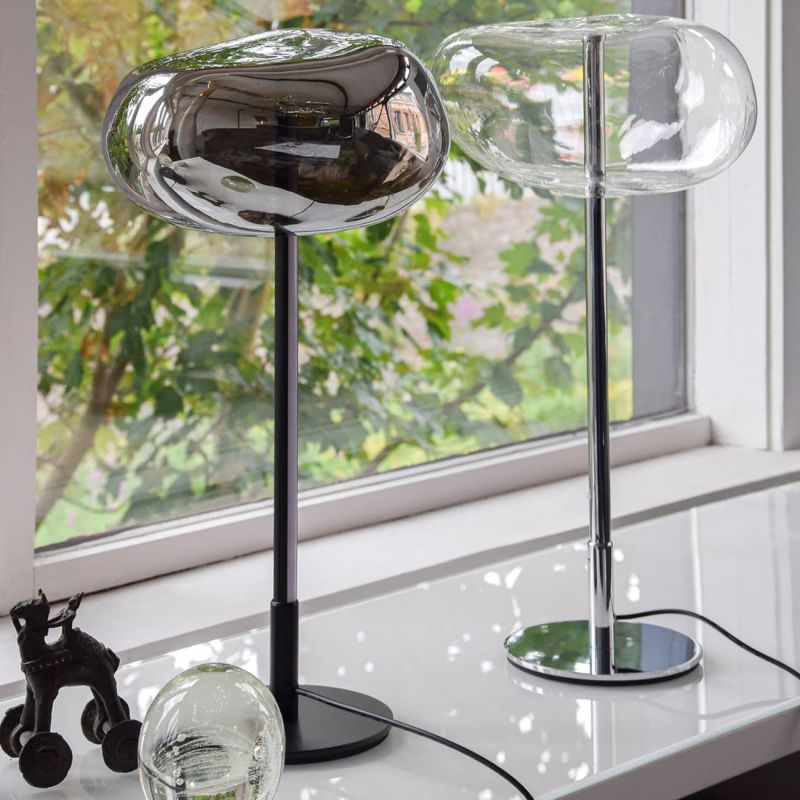By Farah Al Qasimi and Sara Aridi July 20, 2023
Where We Are is a visual column about young people coming of age and the spaces where they create community. Gravity Shisha

Coming of age is marked by a series of firsts. Your first kiss. Your first job. Your first drink.
Many who grew up in Dearborn, Mich., would add to the list: your first hookah.
Located just outside downtown Detroit, Dearborn is home to one of the United States’ largest Arab American communities: Nearly 50 percent of residents identify as having Arab ancestry, according to the U.S. census. Middle Eastern shops, where you may find portable hookah cups, dot the streets. There is also the Arab American National Museum (which sells hookah-themed socks) and the Islamic Center of America, one of the nation’s oldest and largest mosques.
And then there is the long list of hookah lounges, where locals spend hours leisurely smoking flavored tobacco through water pipes while catching up, watching soccer games or enjoying a live Arabic music performance.
“A spot like a hookah lounge, it’s sacred,” particularly for immigrants and refugees far from home, said Marrim (pronounced Mariam) Akashi Sani, 25, who is Iraqi-Iranian. “And it’s something you have to create for yourself when you’re displaced, and you might not ever be able to go back home because you don’t really know what home is anymore.”
For many young people in Dearborn, core memories were made at a hookah lounge: birthdays, graduations, that time you cried over the crush who didn’t like you back or showed off your smoke ring skills to your friends. “It’s like a rite of passage here when you start smoking hookah,” Marrim said.
On any given weeknight, you may come across a rowdy group of 20-somethings at one table, and a pair of older men engaging in a hushed, intense conversation on the next.
Hookah, also known as shisha, argileh or hubbly bubbly, is said to have its origins in India or Persia. These days, it’s especially prevalent across the Middle East, but more and more lounges have also popped up throughout cities like Paris, Tokyo and New York. So it’s no surprise that the cafes have proliferated across Dearborn, where “it really feels like you’re in an extension of the Arab world,” said Farah Al Qasimi, who photographed this story.
Smoking hookah remains a cultural touchstone for many Arab Americans, despite the well-documented health risks of tobacco use. “The widespread popular belief is that hookah smoking is a safer alternative,” said Mary Rezk-Hanna, an assistant professor at the University of California, Los Angeles, School of Nursing, who researches the vascular effects of tobacco products. In reality, Rezk-Hanna said, the chemicals in hookah smoke are similar to those found in cigarette smoke.
Rezk-Hanna also noted that many lounges in the United States are located within three miles of a college campus, which may contribute to their popularity among youth. And research has shown that flavored tobacco products such as hookah facilitate initiation, particularly among younger users.
Like many young people in Dearborn, Marrim started smoking hookah in high school. Despite the public health messages that she was bombarded with throughout her childhood, she says she was not terribly concerned about the health dangers of tobacco.
Still, Marrim also felt a strong sense of liberation and community. She remembers being 13 and secretly making hookahs out of water bottles with her cousin. “That’s the age where you want to have secrets. You want to rebel a little bit.”
Smoking shisha is inherently a group activity. Each person spends a few minutes with the hose before passing it to the next person.
That social interaction is a key part of Middle Eastern culture, explained Marwa Alomari, 23, a friend of Marrim’s who is Iraqi-Lebanese. She used to work as a tour guide at the Arab American National Museum and said the tradition of smoking hookah often came up in discussions about Arab hospitality and the value of community.
“We’re taught early on, ‘You don’t eat alone; you eat in a group. You don’t drink tea alone; you drink in a group,’” Marwa said. “You smoke hookah in a group. That’s just how we’ve been nurtured.”
Abir Beydoun, 35, moved to Dearborn from Windsor, Ontario, at 17 and spent much of her late teens and 20s in its lounges. Like Marwa, she believes the businesses are essential to the fabric of the community.
A hookah lounge offers what sociologists refer to as a “third place” — somewhere people can connect outside of their home or work.
Even now, Abir’s childhood friends will frequently make the drive from Canada to visit her and hit up a Dearborn lounge. “They’ll get the sense of like, ‘I’m around my fellow Arabs,’” Abir, who is Lebanese, said.
Correction: An earlier version of this article misstated the surname of one of the young people at the hookah lounge. He is Muhammed Virk, not Virak.
Farah Al Qasimi is an artist and musician. She was born and raised in Abu Dhabi, United Arab Emirates, and lives in Brooklyn.
Sara Aridi is an editor and writer at The New York Times, where she helps oversee the home screen and mobile app. She grew up in New Jersey and Lebanon, and spent many high school afternoons smoking apple-flavored hookah at a lounge in Dubai.
Where We Are is a series about young people coming of age and the spaces where they create community, produced by Alice Fang, Jennifer Harlan and Eve Lyons.
Where We Are is a series about coming of age and creating community, produced by Alice Fang, Jennifer Harlan and Eve Lyons.

Wholesale Colorful Wine Glass Candle Holders An earlier version of this article misstated the surname of one of the young people at the hookah lounge. He is Muhammed Virk, not Virak.